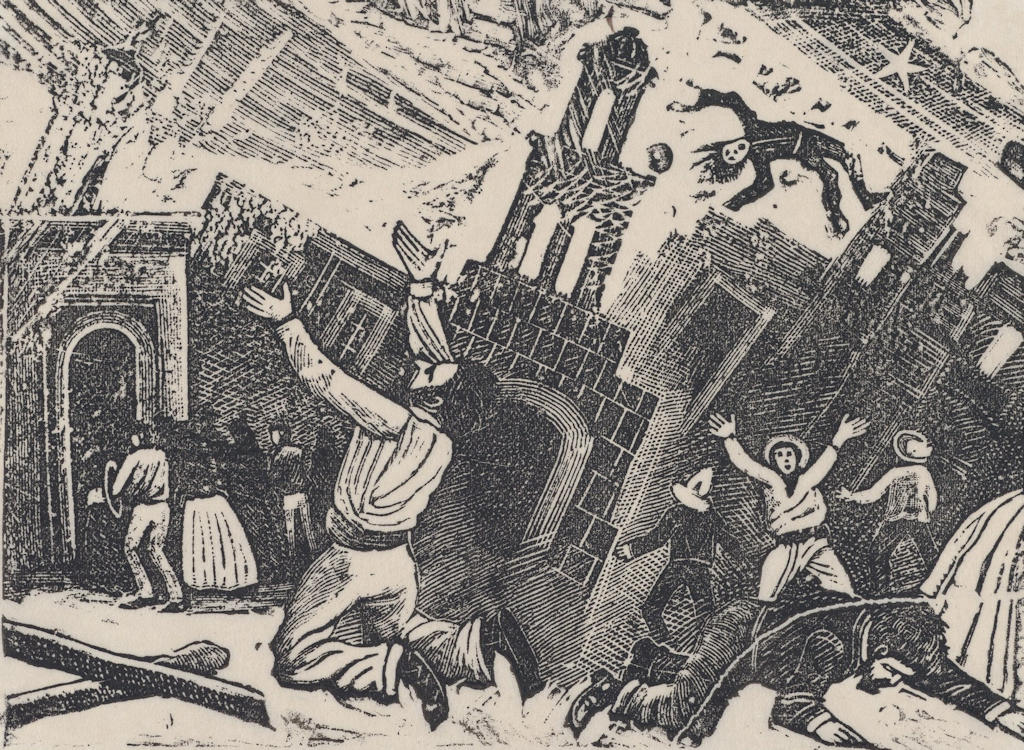The downtown area of Lisbon experienced severe damage, with reports describing the collapse of numerous buildings. Additionally, the earthquake triggered a tsunami that caused further devastation along the coast. Eyewitness accounts recall the flooding near the Tagus River, where ships were violently thrown onto rocks or stranded on the riverbed as the water receded. The observations of the time suggest the occurrence of significant changes in the estuary seafloor, potentially due to tectonic displacement or landslides.
Lisbon.vip Recommends
During this period of chaos and fear, the poet and playwright Gil Vicente played a significant role in defusing a potentially explosive situation. Amidst rumors spread by the friars of Santarém, who claimed divine punishment and blamed the Jewish community, Vicente penned a powerful letter to King John III. His words chastised the fear-mongering friars and potentially prevented a massacre of Jews and recent converts to Christianity, showcasing the poet's courage and influence during a tumultuous time.
The memory of the 1531 Lisbon earthquake had faded over the centuries until the early 20th century, when significant discoveries reignited interest in this forgotten disaster. The unearthing of eyewitness accounts in 1909 and a letter from 1919 added valuable insights into the events of that tragic day. The earthquake gained further historical significance through comparisons drawn with the more well-known 1755 earthquake, reinforcing the impact of seismic activity on Lisbon's history.
The 1531 Lisbon earthquake, though long forgotten, was a catastrophic event that brought devastation to the Kingdom of Portugal. Its rediscovery in the early 20th century allowed historians to piece together the details surrounding the earthquake and its aftermath. This forgotten disaster serves as a reminder of the unpredictable nature of natural calamities and their profound impact on communities.



